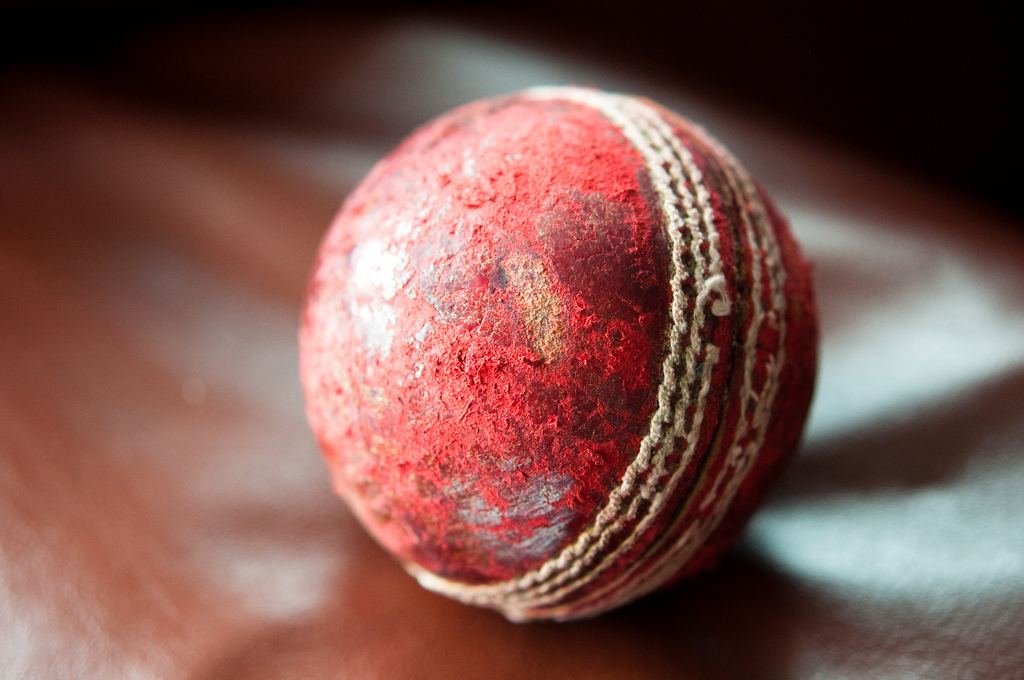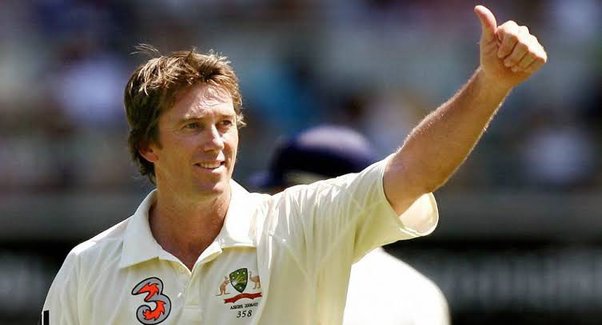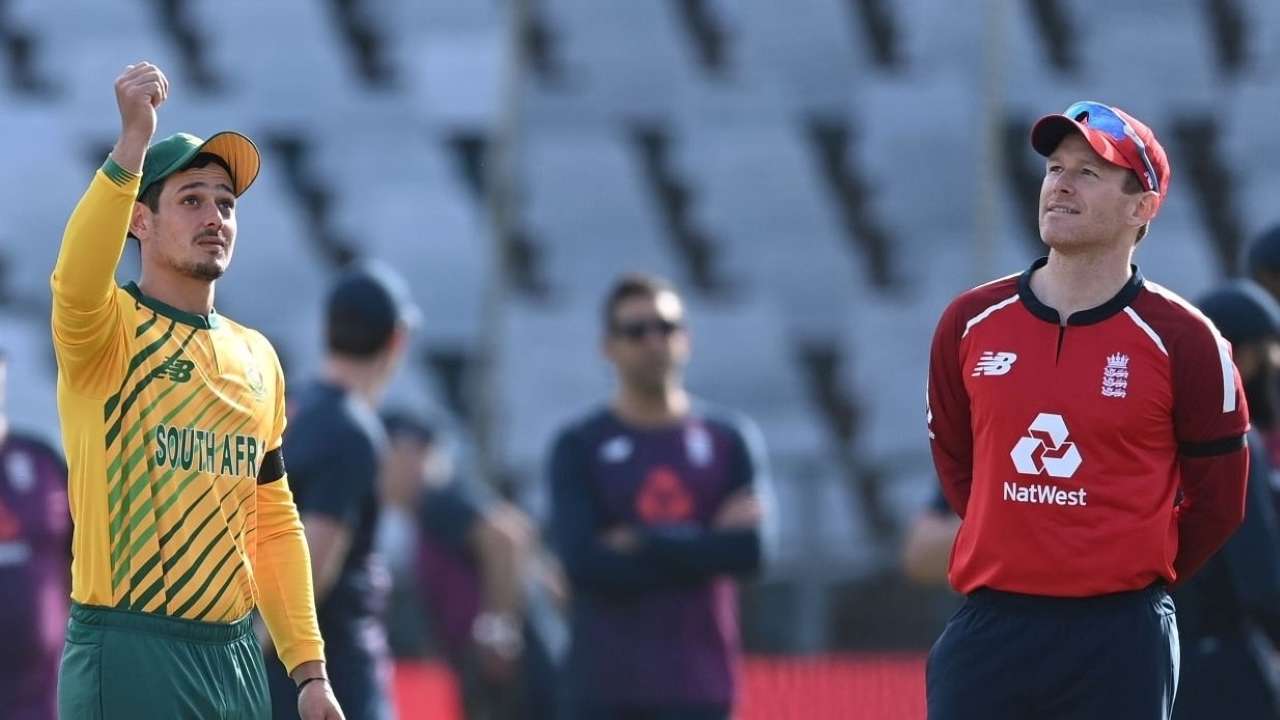Recently, there has been growing voices against the ICC’s proposal to allow tampering of the ball to mitigate the problem that the bowlers will face because they will not be allowed to use saliva, which is the traditional method to aid swing, on the ball. This is mainly because of the pandemic that is sweeping the world. There is absolutely no two opinion when it comes to the safety of the players.
Maybe, the ICC is correct not to allow the players to use their saliva on the ball, lest, the pandemic will spread onto the unsuspecting players. Having said that, what can the ICC do to help the bowlers if probably their most important method is taken away from them?
Option 1 – Using Saliva on the ball
The first alternative to allow instead of ball tampering will be to allow only one person to shine the ball using his saliva. However, that will not work because eventually, everyone will get hold of the ball during the course of the game. If the player is found positive later, then there is a chance that the virus could have spread to the others. This cannot be a solution.
Option 2 – Change the ball
The second option will be to allow the bowlers to change the ball once every 20 overs because most of the balls, be it, SG or Kookkabura or Duke will stop to swing after 20 overs beyond which the bowlers will have to depend on shining the ball with their saliva. This will provide the bowlers a higher chance to take wickets instead of tampering the ball. It means, using 5 balls during the course of just over a day. This may not help the economies of scale and most of the boards cannot afford to replace the ball with a brand new one every 20 overs. Just think of the financial pressure various cricket boards are in. This should not be foisted upon them.
Option 3 – Artificial means to alter the ball, in other words, tampering the ball
This is definitely ball tampering. This must not be allowed at all. It is against the ethics of the game. It is plain cheating. Having said that, I have thought long and hard on this subject. The best option is to allow the bowlers to shine the ball with their saliva and sweat. However, this is not possible under the prevailing circumstances. The ICC must come up with a compromise that will allow the bowlers to claim a level playing field which is already in the favour of the batsmen.
Possible solutions to help the bowlers
Review the current LBW rule
Firstly, ICC must allow to overthrow the rule that has been a law from the time the game was played. This will not only level the playing field but will allow the bowlers, especially, the spinners to take more wickets and make the batsmen play with their bat. Till this day, the rule is, if the ball pitches outside the leg stump or the if batsmen is hit outside the line of the offstump, it does not matter whether the ball goes onto hit the stumps. The batsman is not out. This is completely outrageous and not in sync with the modern game. There are a lot of batsmen who trust their pads more than their defence.
In the olden days, when the batsmen were without too many protection coupled with uncovered pitches and extremely light bats, this rule made sense. On the contrary, nowadays, the pitches are as flat as possible even in Test Cricket. The batsmen is protected. The bats are too strong and powerful. I remember a picture where Greame Pollock held his bat on one hand and Warner’s on the other. The difference was obvious. Hence, irrespective of where the ball pitches or where the batsman is hit, if the ball goes onto hit the stumps, the batsman must be out. I remember reading an article from one of the great thinkers of the game, Ian Chappell. He too advocated the same.
Allow the ball to travel slowly off the ground
Secondly, a lot of grounds are small and the outfield is exceptionally quick. Even a half decent shot will go over the boundary or will reach the boundary. In the olden days, batsmen used to depend on timing rather than brute force of the bat. Nowadays, it is power game mainly because of the heavier bats. This is not at all fair on the bowlers. Especially, the genuine fast bowlers who toil really hard only to see an edge go to the boundary.
How to provide a reasonable solution to this problem? Ofcourse, it is not possible to stop balls from going over the boundary because of the small grounds and the heavy bats. It is also not practical to pass a law stating that all the grounds must be of a minimum of 75MTS in every direction. The best solution is that all the grounds must allowed to grow the grass taller. This will ensure that only the perfectly timed shot will go to the boundary.
High grass will stop the momentum of the ball and will roll over slowly. This means even in a small ground, the ball will not go over the boundary because of the bat’s heaviness. If the batsman has really timed, the ball will go to the boundary. The second benefit of allowing the grass to grow taller is that the batsman will have to be much more fit to be able to run quickly.
I firmly believe that these 2 steps will bring back the contest between bat and the ball. It will also ensure that the game is much more balanced and enjoyable for the spectators.
What do you think of these recommendations? Does it make sense? Will it result in better balance between the bat and the ball? Post your comments



